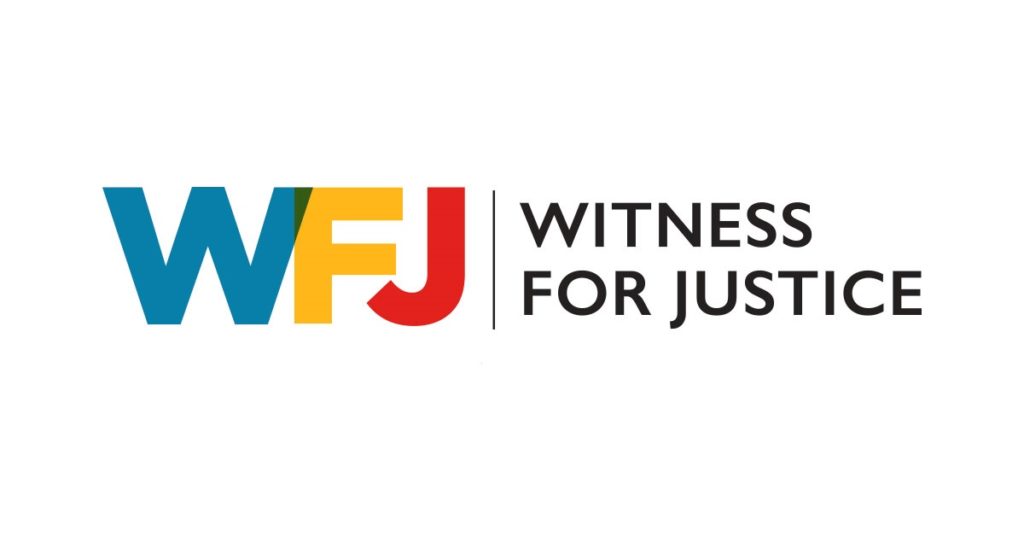Five Stages to Climate Hope
More than you might know, you may be the kind of spiritual expert needed in the face of the climate crisis. If you have ever had the experience of moving from despair to hope, you likely have invaluable insights that come from reflecting on whatever faith, family, church, or community helped you grab hold of a lifeline for renewed sanity and strength. I would not put myself on the lofty pedestal of being a “hope expert,” but I have been surprised at what I have learned from my own experiences—far as they may be from cinema-worthy inspiration.
This past year I began keeping a “Hope Journal” with the idea that the reflective process itself would help me place my hands on a lifeline. It has indeed done that. A key insight for me has been to reframe the matter of climate despair and hope as not simply two opposing states of being but as two poles on a continuum. A broad swath of that continuum I would categorize under the descriptor of “coping.” Most of my everyday life is filled with neither tearful despair nor exuberant hope, but some form of coping that is tinged with a bit of one or the other depending upon what I am confronting or doing in that moment. To see myself as moving on a continuum inherently keeps me from feeling perpetually stuck in climate funk.
Another important part of reframing my outlook so as not to feel stuck in an emotional quagmire is to see myself as often moving through stages from outright despair to a place of healthy coping and some degree of hope. In my journal, I identified five stages of hope:
Stage #1: The Car Crash of Climate Doom—the emotional turmoil that is a sane response to the climate crisis. The despair in this stage can easily become mixed with anger or strong indignation.
Stage #2: The Roadblock of Frustration—the sense of frustration and hopelessness in not immediately seeing what can be done to remedy or mitigate the crisis.
Stage #3: Lost without a Map—the active, persistent, even if desperate, search for a direction to take while coping with continued frustration.
Stage #4: Mapping with a Friend—when the search for direction leads to others. The idea that others might have some answers represents at least a modicum sense of possibility. “The others” might be colleagues or friends, but they might also be historians of movements or writers of online resources. Whatever the case may be, some initial sketches of a map can be drawn with their help.
Stage #5: The Midway Point—The journey has not ended, and it might never end, but the mapping has led to a golden nugget of knowledge or inspiration or achievement that offers the hope needed to continue onward. In working with churches on how they might confront the climate crisis, I encourage them to find ways to create opportunities for members to start mapping together. That might mean forming a book group, going through a green church program, or finding ways to join a larger campaign for change. All of these can be a starting point on a journey of hope in which each of us brings to the table an expertise born of experience.
ABOUT THE AUTHOR
The Rev. Dr. Brooks Berndt is the Environmental Justice Minister for the United Church of Christ and the author of Cathedral on Fire: A Church Handbook for the Climate Crisis.
View this and other columns on the UCC’s Witness for Justice page.
Donate to support Witness for Justice.
Click here to download the bulletin insert.
Related News
It’s Time to Get into Good Trouble
On Tuesday, April 3, history was made by U.S. Senator Cory Booker who spoke on the Senate...
Read MoreReflections on a Christian Understanding of State and Government
The testimony of both the Hebrew and Christian scriptures as well as theological reflections...
Read More“What is Wrong with You People?”
I am writing this article from New York City as I engage with CSW, the United Nations...
Read More
